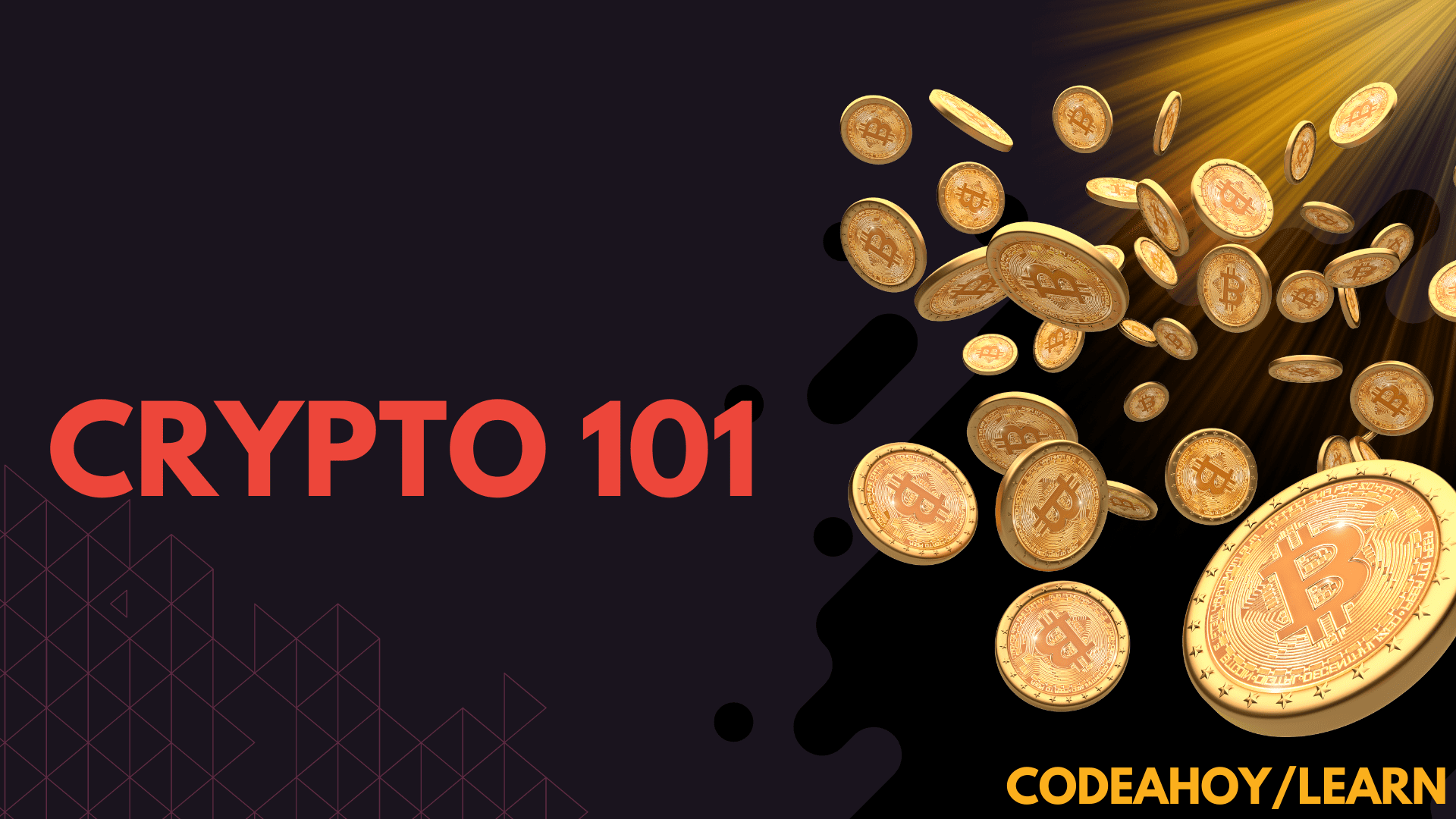Books / Practical Cryptography for Developers (Unfinished) / Chapter 2-6
Proof-of-Work Hash Functions
Blockchain proof-of-work mining algorithms use a special class of hash functions which are computational-intensive and memory-intensive. These hash functions are designed to consume a lot of computational resources and a lot of memory and to be very hard to be implemented in a hardware devices (such as FPGA integrated circuits or ASIC miners). Such hash functions are known as “ASIC-resistant”.
Many hash functions are designed for proof-of-work mining algorithms, e.g. ETHash, Equihash, CryptoNight and Cookoo Cycle. These hash functions are slow to calculate, and usually use GPU hardware (rigs of graphics cards like NVIDIA GTX 1080) or powerful CPU hardware (like Intel Core i7-8700K) and a lot of fast RAM memory (like DDR4 chips). The goal of these mining algorithms is to minimize the centralization of mining by stimulating the small miners (home users and small mining farms) and limit the power of big players in the mining industry (who can afford to build giant mining facilities and data centers). A big number of small players means better decentralization than a small number of big players.
The main weapon in the hands of the big mining corporations is considered the ASIC miners, so the design of modern cryptocurrencies and usually includes proof-of-work mining using an ASIC-resistant hashing algorithm or proof-of-stake consensus protocol.
ETHash
Let’s explain in brief the idea behind the ETHash proof-of-work mining hash function used in the Ethereum blockchain.
- ETHash is the proof-of-work hash function in the Ethereum blockchain. It is memory-intensive hash-function (requires a lot of RAM to be calculated fast), so it is believed to be ASIC-resistant.
How does ETHash work?
- A “seed” is computed for each block (based on the entire chain until the current block).
- From the seed, a 16 MB pseudorandom cache is computed.
- From the cache, a 1 GB dataset is extracted to be used in mining.
- Mining involves hashing together random slices of the dataset.
Learn more about ETHash at: https://github.com/ethereum/wiki/wiki/Ethash, https://github.com/lukovkin/ethash.
Equihash
Let’s explain in briefly the idea behind the Equihash proof-of-work mining hash function used in Zcash, Bitcoin Gold and a few other blockchains.
- Equihash is the proof-of-work hash function in the Zcash and Bitcoin Gold blockchains. It is memory-intensive hash-function (requires a lot of RAM for fast calculation), so it is believed to be ASIC-resistant.
How does Equihash work?
- Uses BLAKE2b to compute 50 MB hash dataset from the previous blocks in the blockchain (until the current block).
- Solves the “Generalized Birthday Problem” over the generated hash dataset (pick 512 different strings from 2097152, such that the binary XOR of them is zero). The best known solution (Wagner’s algorithm) runs in exponential time, so it requires a lot of memory-intensive and computing-intensive calculations.
- Double SHA256 the solution to compute the final hash.
Learn more about Equihash at: https://www.cryptolux.org/images/b/b9/Equihash.pdf, https://github.com/tromp/equihash.
More about ASIC-Resistant Hash Functions
Lear more about the ASIC-resistant hash functions at: https://github.com/ifdefelse/ProgPOW.




